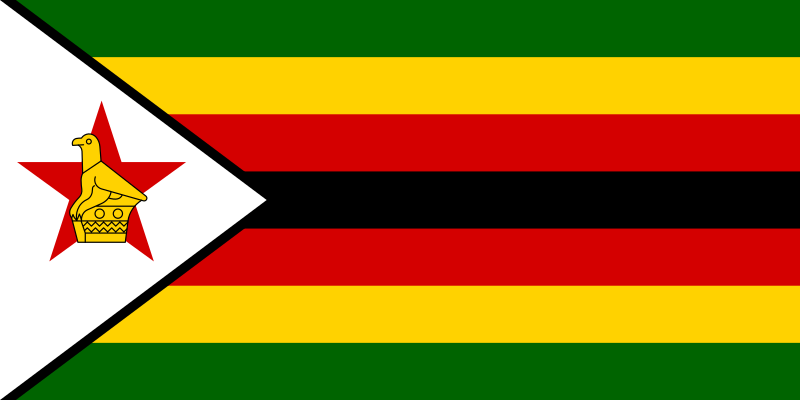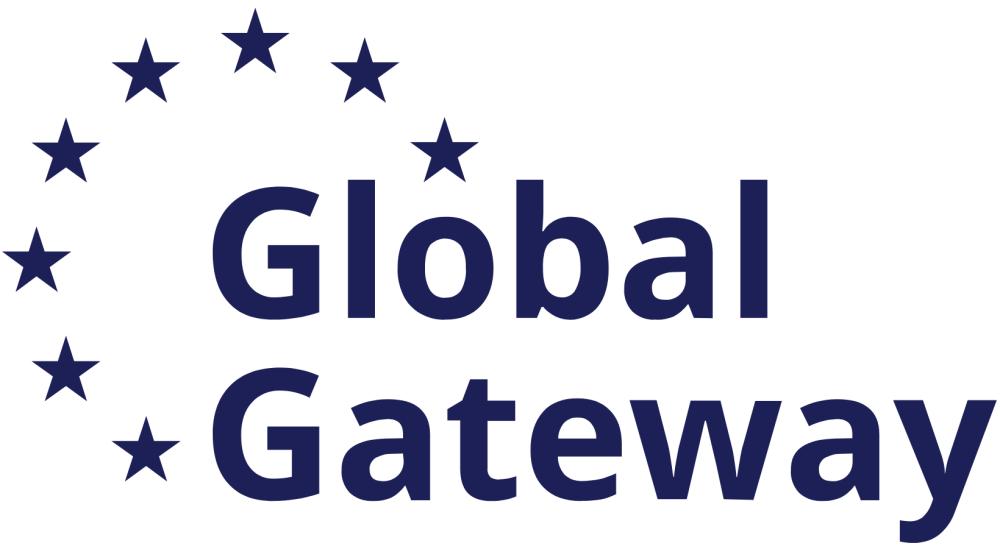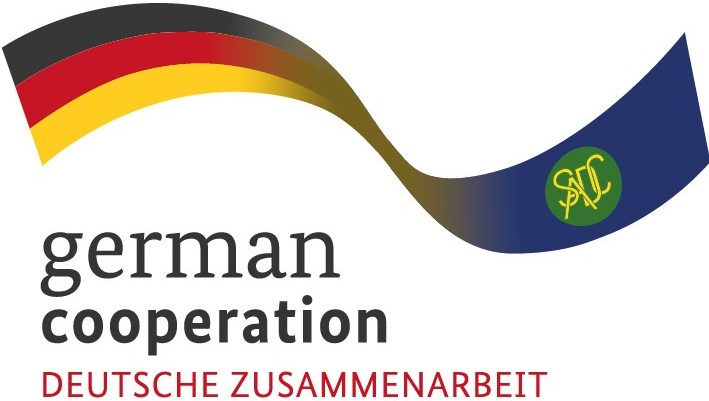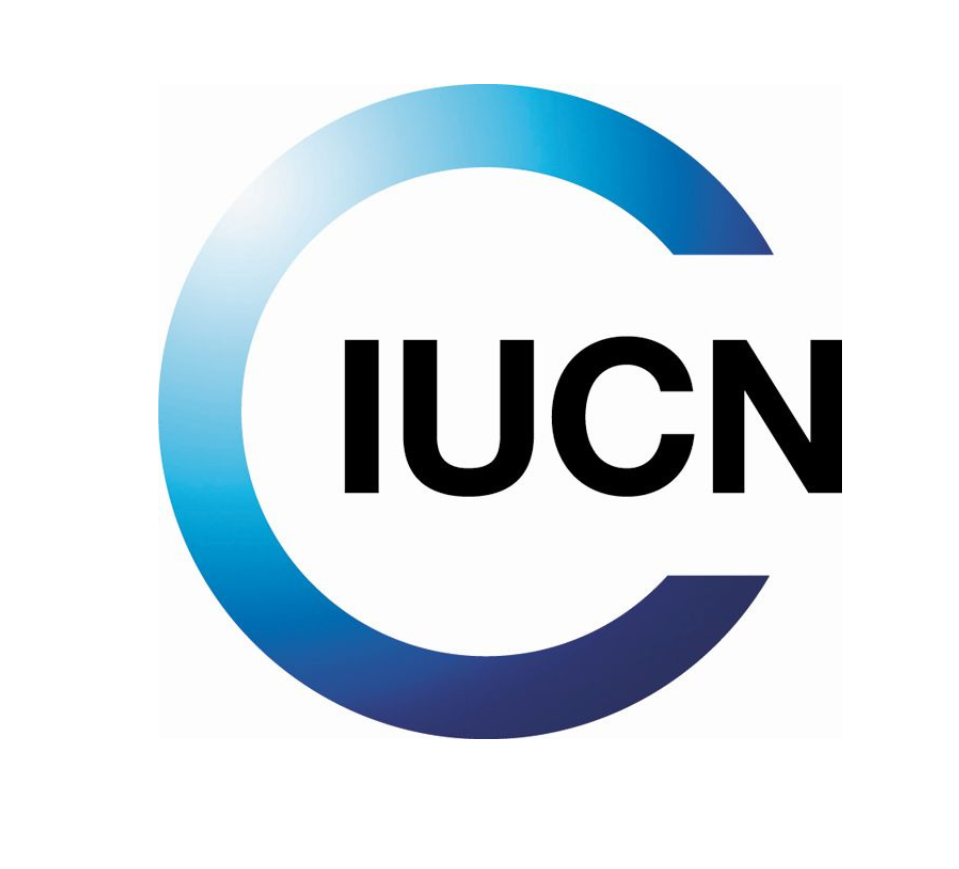 Translate
Translate
Transfrontier Conservation Areas
Kavango-Zambezi Transfrontier Conservation Area





The Kavango Zambezi Transfrontier Conservation Area (KAZA TFCA), spanning approximately 520,000 km2, is a groundbreaking partnership of the Governments of Angola, Botswana, Namibia, Zambia, and Zimbabwe. This ambitious conservation, development, and tourism initiative lies within the Okavango and Zambezi river basins. It operates as an official Southern African Development Community (SADC) programme, uniting five nations under a shared vision of regional cooperation in transboundary conservation and sustainable development.
The journey towards the establishment KAZA TFCA began in 2006 with the signing of a Memorandum of Understanding (MoU), culminating in the formal establishment of KAZA TFCA through a treaty signed by the Heads of State of all five participating countries in Luanda, Angola in August 2011. In a testament to the enduring success of this collaboration, the Partner States reaffirmed their commitment to KAZA’s vision and mission at the 2024 KAZA Heads of State and Government Summit.
OUR VISION
“To establish a world-class trans frontier conservation and tourism destination area in the Okavango and Zambezi River Basin regions of Angola, Botswana, Namibia, Zambia and Zimbabwe within the context of sustainable development.”
OUR MISSION
To sustainably manage the Kavango Zambezi ecosystems, and its heritage and cultural resources based on best conservation and tourism models for the socio-economic wellbeing of the communities and other stakeholders in and around the KAZA region through harmonisation of policies, strategies, and practices.
OUR OBJECTIVES
- Conserve the shared natural resources and cultural heritage of this vast area of southern Africa
- Promote and facilitate the development of a complementary and linked network of protected areas that protect wildlife and provide and restore dispersal corridors and migratory routes
- Develop the KAZA TFCA into a world-class tourism destination offering a variety of breathtaking adventure and luxurious relaxation
- Promote the free and easy movement of tourists across borders
- Implement programmes that ensure the sustainable use of natural resources in ways that improve the livelihoods of communities and reduce poverty
- Harmonise conservation legislation and natural resource management of the TFCA
- Strategically positioned within the Okavango and Zambezi River basins
- Nourished by 5 major rivers: the Okavango, Zambezi, Chobe, Kafue, and Cuando
- Home to 3 million people separated who share the landscape with the wildlife, making KAZA TFCA an exceptional co-existence landscape
- Three UNESCO World Heritage Sites: Tsodilo Hills, Okavango Delta, Mosi-oa-Tunya Victoria Falls
- 3 Wetlands of International importance (Ramsar sites): Okavango Delta, Mahango National Park and Victoria Falls National Park
- 6 designated wildlife dispersal areas and several wildlife movement corridors enabling seamless wildlife movement across national boundaries.
- A mosaic of land uses including 19 national parks, 60 forest reserves, 47 Communal Conservancies and Forests and 110 Game or Wildlife Management Areas
- Approximately 227,900 elephants (~50% of the remaining African savanna (Loxodonta Africana) elephants on the continent) and other wildlife species including globally significant wildlife populations of 197 mammal species, 2,300 African wild dogs (>25% of the world’s wild dog population including globally significant populations of the Big 5.
- Over 650 species of birds
MILESTONES
- Formal establishment through the signing of the KAZA Treaty in 2011 and an official launch in March 2012.
- Evolution from an initial 280,000 km² area (primarily formal protected areas along country borders) to the current 520,000 km², a testament to Partner
- States' growing commitment and recognition of the importance of ecological connectivity across the landscape.
- Commitment to a central coordination and facilitation unit being the Secretariat as early as 2007, which went on to be formalized through the Treaty in 2011 and is hosted by the Government of Botswana in Kasane.
- Establishment of key institutional structures to lead and govern the TFCA including the Ministers Committee supported by the Committee of Senior Officials and the Joint Management Committee, and a host of working groups to provide subject matter, technical input.
- Successfully conducting the 2022 KAZA Elephant Survey which estimated the elephant population to be 227,900.
- Successful convening of the inaugural KAZA Heads of State Summit and Government in Zambia in 2024 – a landmark gathering that strengthened Partner States’ convening power and reaffirmed their political commitment to regional integration.
- Reviving national committees in the Partner States since the 2024 Heads of State Summit to create an invaluable platform for cross-sectoral engagement in the development of the TFCA.










